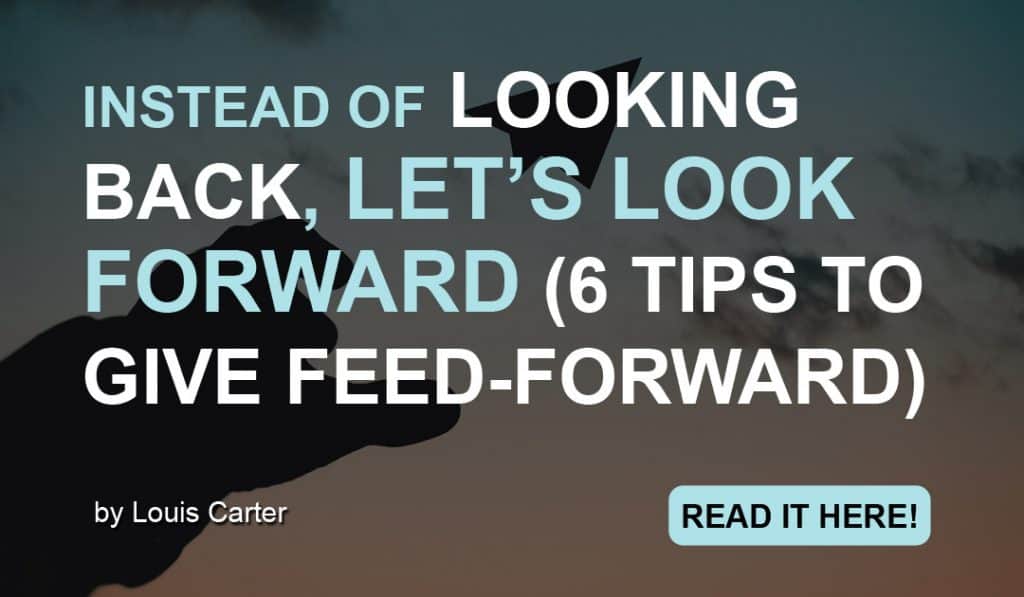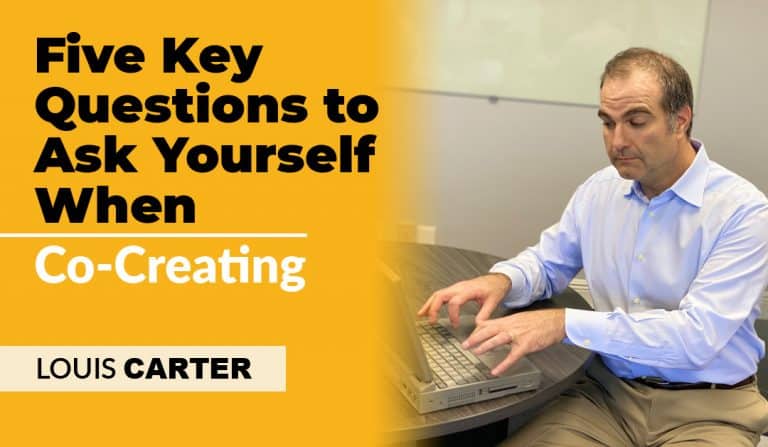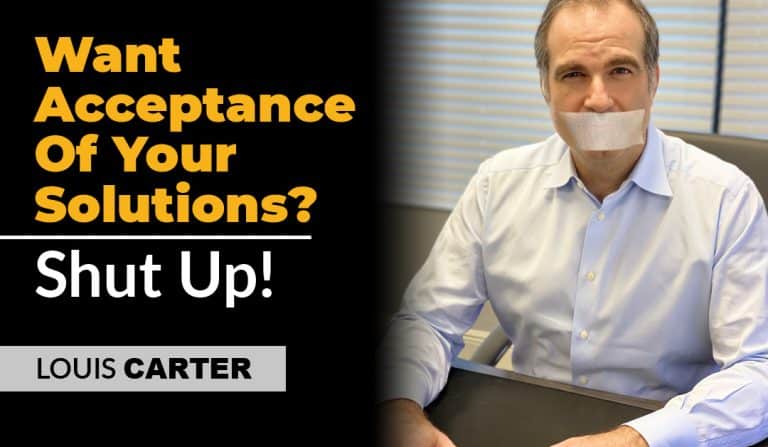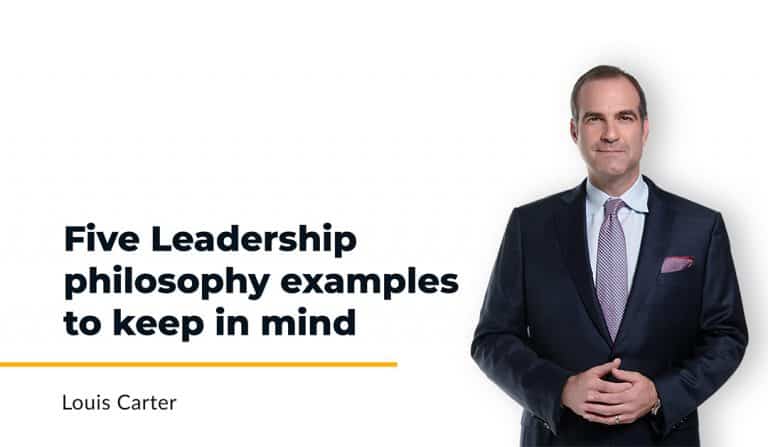Feedback is a part of every workplace and a common tool for individual improvement, however the concept of feed-forward brings a much more forward thinking approach. Applying constructive methods to improve existing and develop new skills is crucial to any performing culture, or individual, seeking advantages. Yet through this tried, long standing interaction, we overlook how to enhance the ways we give feedback. We must get better. The constant change among workplaces demands new, emerging, interpersonal strategies that challenge the status quo of feedback and how to develop the individual. That tool and daily practice is feed-forward.
Feed-forward is a constructive communication style that delivers individual growth by focusing on what’s ahead and collaboratively preparing the individual for future success.
Feedback, which many falls back on, is rooted in the negative by looking back on mistakes and attempting to develop from there. If mishandled, this can lead to lower individual motivation to change and, in group settings like meetings, innovation and dialogue can be suppressed. Feed-forward changes the conversation by looking ahead. It positively influences the dialogue and encourages individuals to grow. Here are 5 actionable ways you can begin applying it:
1. Start with the Question
Arguably any leader’s greatest strength is in the questions they ask. Powerful inquiry opens the doorway for reflection, conversation and development to begin. As a leader, applying the feed-forward approach, each question must be constructed with a focus on the future, and it should include ideas related to what the individual can do and how they can develop. What can I do better next time? What is the best way to achieve this in the future?
2. Forward Influenced Conversation
As leaders, if we engage with others to think about the future and what can be done to prepare for it, then our conversation must also reflect this philosophy as well. Put simply, the dialogue between leaders and others should consistently integrate future thinking. Rather than stating “Here’s what you did…”, the message can be phrased as “Next time, you can…” A simple tweak in how the message is communicated can make all difference between dwelling in the past or looking towards the future.
3. Dialogue and Co-Create Rather than Sell and Tell
There’s a fundamental difference in dictating and dialoguing in an interaction, and the difference is easy to recognize. Feeling patronized is experienced when we are being talked at; the conversation is a one-way trip with little room for questions. Dialoguing differs by framing the conversation as a two-way conversation; the other side can participate, ask questions and speak. By creating equality in the conversation with equal airtime, feed-forward further encourages the spark for the individual to change. Using this approach may phrase questions as “Help me understand…” Or “Would you mind…”
4. Active Listening
How we organize our messages and communicate them is just as powerful as how we listen. At the core, feed-forward is about weaving the developing individual’s mind, thoughts, and focus on what they can do. As dialogue is formed, active listening is critical here (pun intended). It presents an opportunity for the individual coaching to confirm that they are engaged with the other side. If needed, it also works as a method to clarify and adjust the conversation; ensuring all parties are on the same page. Where hearing occurs when one regurgitates verbatim what was said, active listening plays back what was said through the individual’s authentic style. Phrases that support these situations can be “What I’m hearing you say is…”, “Thank you sharing that, my understanding is that…” or “Would you clarify…”
5. Use “And” Rather Than “But”
And… after actively listening and mirroring back your understanding be sure to use the words “and” rather than “but.” Saying the word, “but” negates your last statement. Imagine you were just told you are a great physician, BUT you need to think about the bigger picture. Change that to “You are a really great physician AND I invite you to think about the future of your work.” Sounds different, right? Now you can be both a great physician AND consider other ways of thinking.
6. Reflect on your Feed-Forward Skills
Providing actionable, productive feed-forward communication is a skill and just like throwing a baseball or playing an instrument, it needs practice to become natural. The same goes here for applying feed-forward into your life and daily interactions. After a session or session has concluded, take a few minutes to debrief and think over how well it worked. Perhaps it’s better to write your thoughts in a journal, record a video or connect with another coach.
Feed-forward asks us to breakaway from what we know and what we’ve experienced through feedback. Feedback can crush motivation and sour relationships by focusing on what people did wrong. By integrating these steps and frequently applying them, the channels of positivity and motivation to change openly. The goal of any coach should be to add value in every conversation and the feed-forward approach weaves this idea together.







